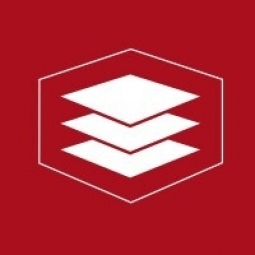Technology Category
- Infrastructure as a Service (IaaS) - Virtual Private Cloud
- Wearables - Virtual Reality Glasses, Headsets & Controllers
Applicable Industries
- Education
- Food & Beverage
Services
- Training
About The Customer
The customers of The Academy of Virtual Learning's wine education program are diverse, ranging from seasoned professionals in the wine industry to novices just starting their wine journey. These individuals are interested in expanding their knowledge of wine but may have been deterred by the cost and inflexibility of traditional wine education programs. They are likely to appreciate the affordability, flexibility, and convenience offered by the Academy's digital platform. The ability to purchase individual modules or complete courses allows them to tailor their learning to their specific needs and interests. Furthermore, the B2B implementation of the program also caters to businesses in the wine industry seeking to educate their staff or customers.
The Challenge
The global wine market, estimated at $345.9 billion in 2020, is projected to reach $456.1 billion by 2027. This growth is accompanied by a surge in wine consumption, leading to an increased demand for wine education. However, traditional wine education programs can be prohibitively expensive, limiting access for many interested consumers. Furthermore, the need for physical attendance at classes can be a barrier for those with busy schedules or geographical constraints. In 2020, The Academy of Virtual Learning identified these challenges and saw a need for a fundamental change in how wine education is delivered. They aimed to develop an affordable, accessible, and flexible wine education program that could cater to everyone, from seasoned professionals seeking to deepen their expertise to novices embarking on their wine journey.
The Solution
The Academy of Virtual Learning partnered with CD2 Learning to create a fully mobile digital platform for wine education. CD2 Learning’s content development team worked with the Academy to develop a Wine Education catalog, consisting of 13 wine education modules. These modules can be purchased individually, as part of a regional package, or as one complete course, providing flexibility and affordability to learners. To distribute program access, The Academy of Virtual Learning leveraged CD2 Learning's eCommerce storefront. This allowed them to implement both a B2B and a direct-to-consumer B2C model, further expanding the reach of their educational programs. This innovative approach to wine education, delivered through a digital platform, made learning about wine more accessible and convenient for a wider audience.
Operational Impact

Case Study missing?
Start adding your own!
Register with your work email and create a new case study profile for your business.
Related Case Studies.

Case Study
The Kellogg Company
Kellogg keeps a close eye on its trade spend, analyzing large volumes of data and running complex simulations to predict which promotional activities will be the most effective. Kellogg needed to decrease the trade spend but its traditional relational database on premises could not keep up with the pace of demand.
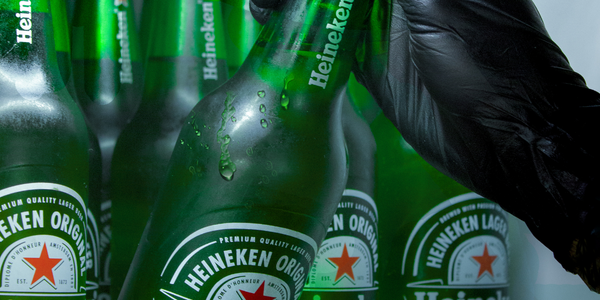
Case Study
HEINEKEN Uses the Cloud to Reach 10.5 Million Consumers
For 2012 campaign, the Bond promotion, it planned to launch the campaign at the same time everywhere on the planet. That created unprecedented challenges for HEINEKEN—nowhere more so than in its technology operation. The primary digital content for the campaign was a 100-megabyte movie that had to play flawlessly for millions of viewers worldwide. After all, Bond never fails. No one was going to tolerate a technology failure that might bruise his brand.Previously, HEINEKEN had supported digital media at its outsourced datacenter. But that datacenter lacked the computing resources HEINEKEN needed, and building them—especially to support peak traffic that would total millions of simultaneous hits—would have been both time-consuming and expensive. Nor would it have provided the geographic reach that HEINEKEN needed to minimize latency worldwide.
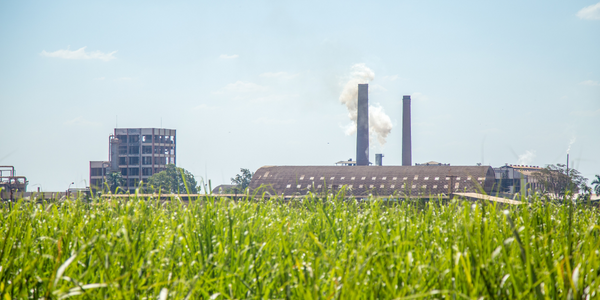
Case Study
Energy Management System at Sugar Industry
The company wanted to use the information from the system to claim under the renewable energy certificate scheme. The benefit to the company under the renewable energy certificates is Rs 75 million a year. To enable the above, an end-to-end solution for load monitoring, consumption monitoring, online data monitoring, automatic meter data acquisition which can be exported to SAP and other applications is required.
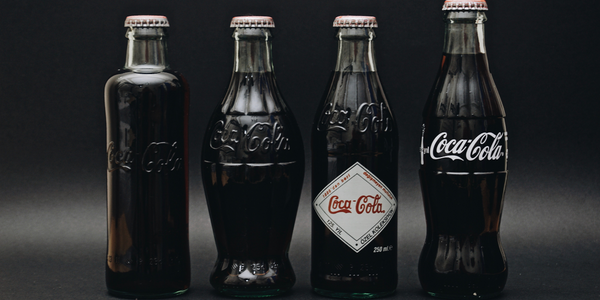
Case Study
Coca Cola Swaziland Conco Case Study
Coco Cola Swaziland, South Africa would like to find a solution that would enable the following results: - Reduce energy consumption by 20% in one year. - Formulate a series of strategic initiatives that would enlist the commitment of corporate management and create employee awareness while helping meet departmental targets and investing in tools that assist with energy management. - Formulate a series of tactical initiatives that would optimize energy usage on the shop floor. These would include charging forklifts and running cold rooms only during off-peak periods, running the dust extractors only during working hours and basing lights and air-conditioning on someone’s presence. - Increase visibility into the factory and other processes. - Enable limited, non-intrusive control functions for certain processes.
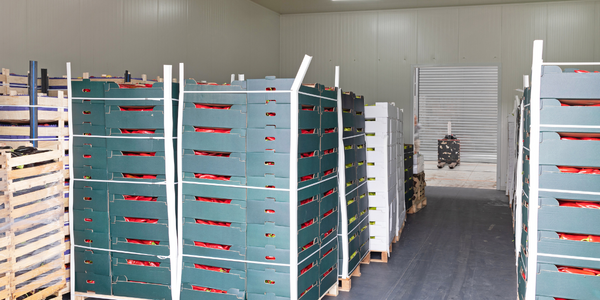
Case Study
Temperature Monitoring for Restaurant Food Storage
When it came to implementing a solution, Mr. Nesbitt had an idea of what functionality that he wanted. Although not mandated by Health Canada, Mr. Nesbitt wanted to ensure quality control issues met the highest possible standards as part of his commitment to top-of-class food services. This wish list included an easy-to use temperature-monitoring system that could provide a visible display of the temperatures of all of his refrigerators and freezers, including historical information so that he could review the performance of his equipment. It also had to provide alert notification (but email alerts and SMS text message alerts) to alert key staff in the event that a cooling system was exceeding pre-set warning limits.
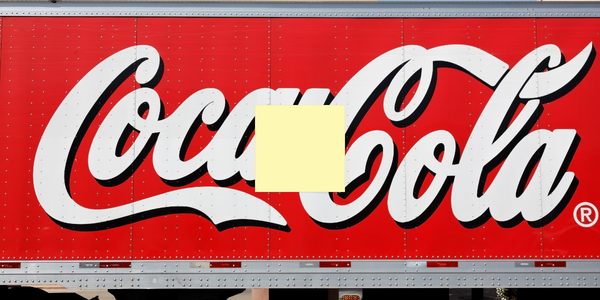
Case Study
Coca-Cola Refreshments, U.S.
Coca-Cola Refreshments owns and manages Coca-Cola branded refrigerators in retail establishments. Legacy systems were used to locate equipment information by logging onto multiple servers which took up to 8 hours to update information on 30-40 units. The company had no overall visibility into equipment status or maintenance history.




